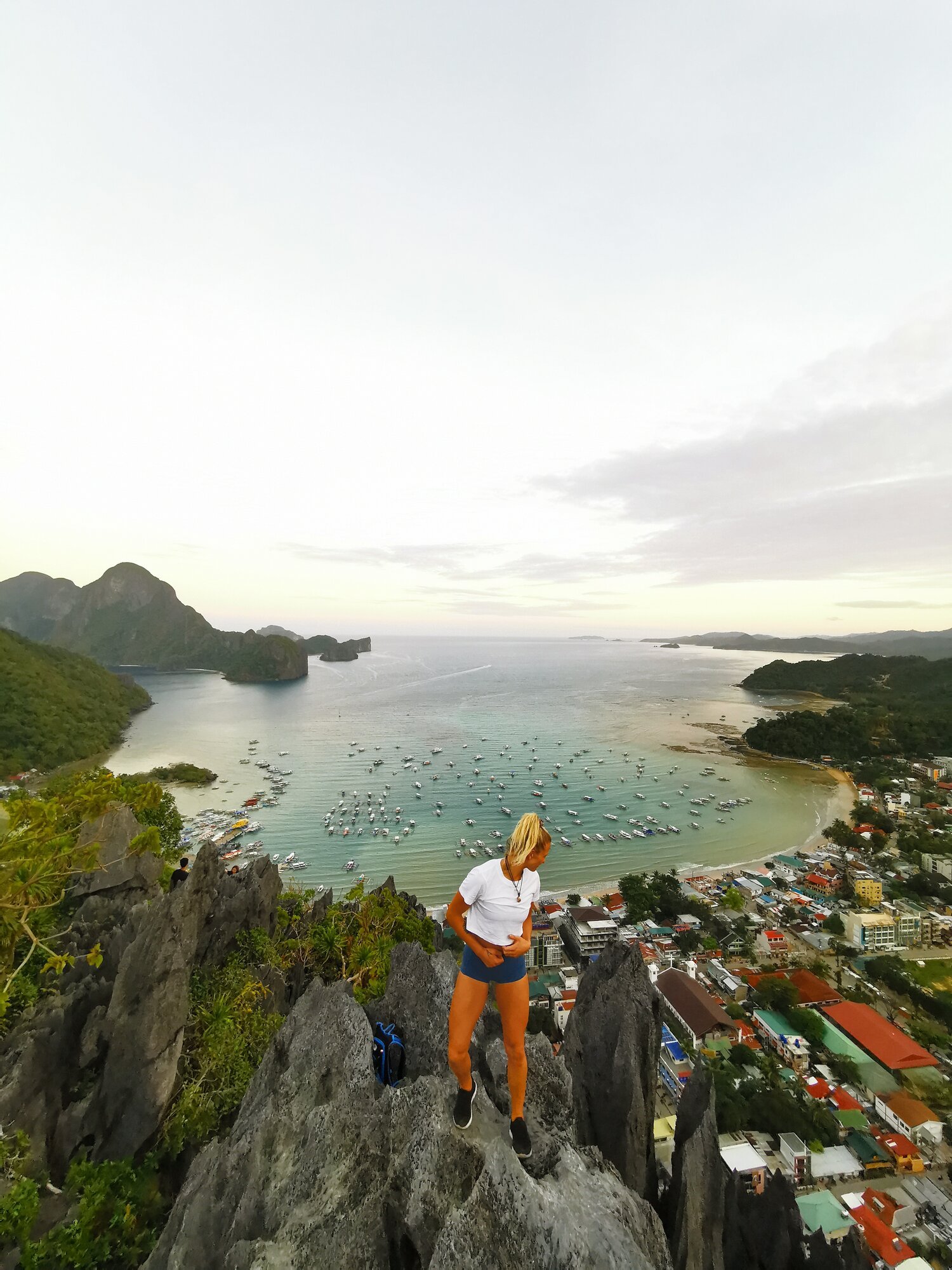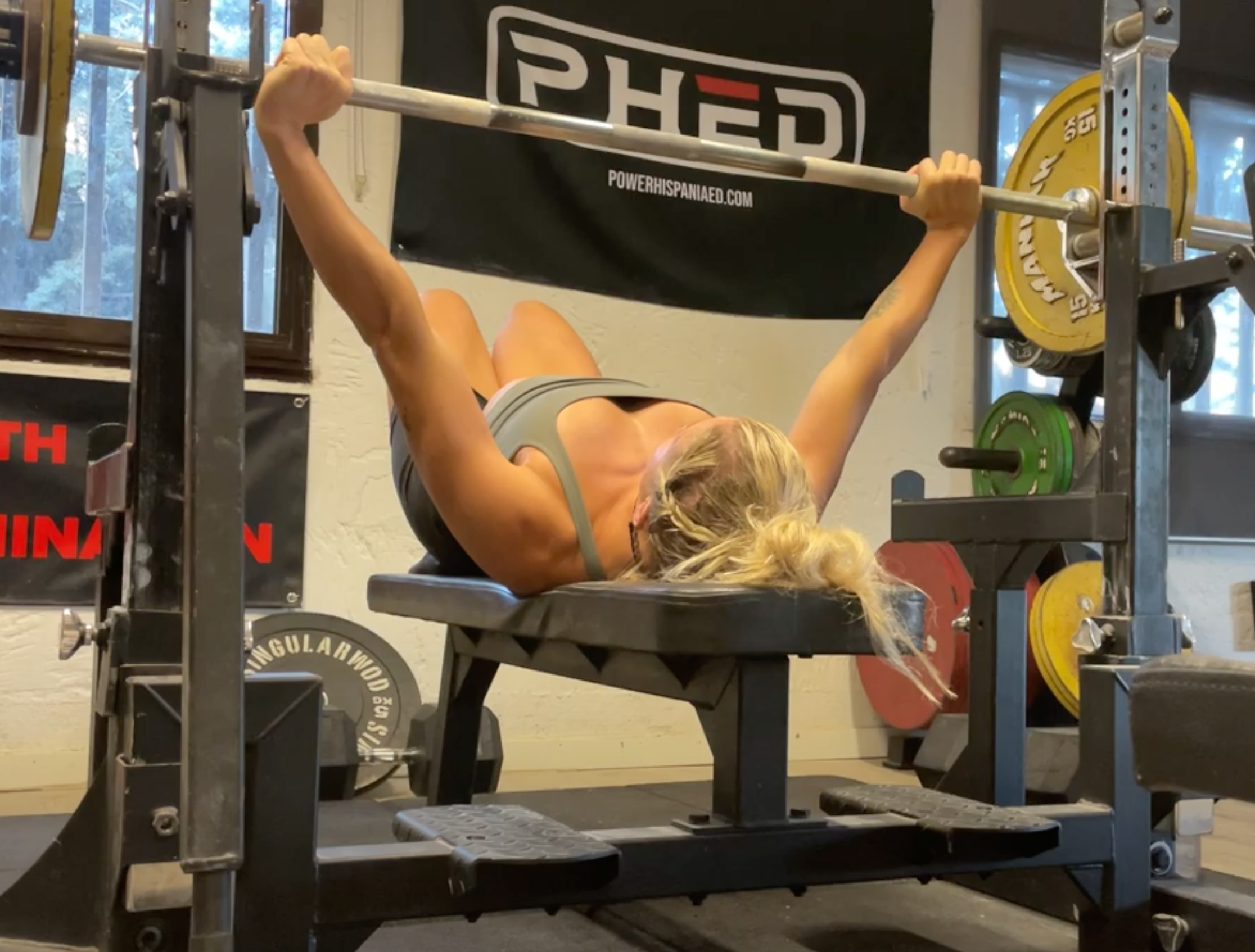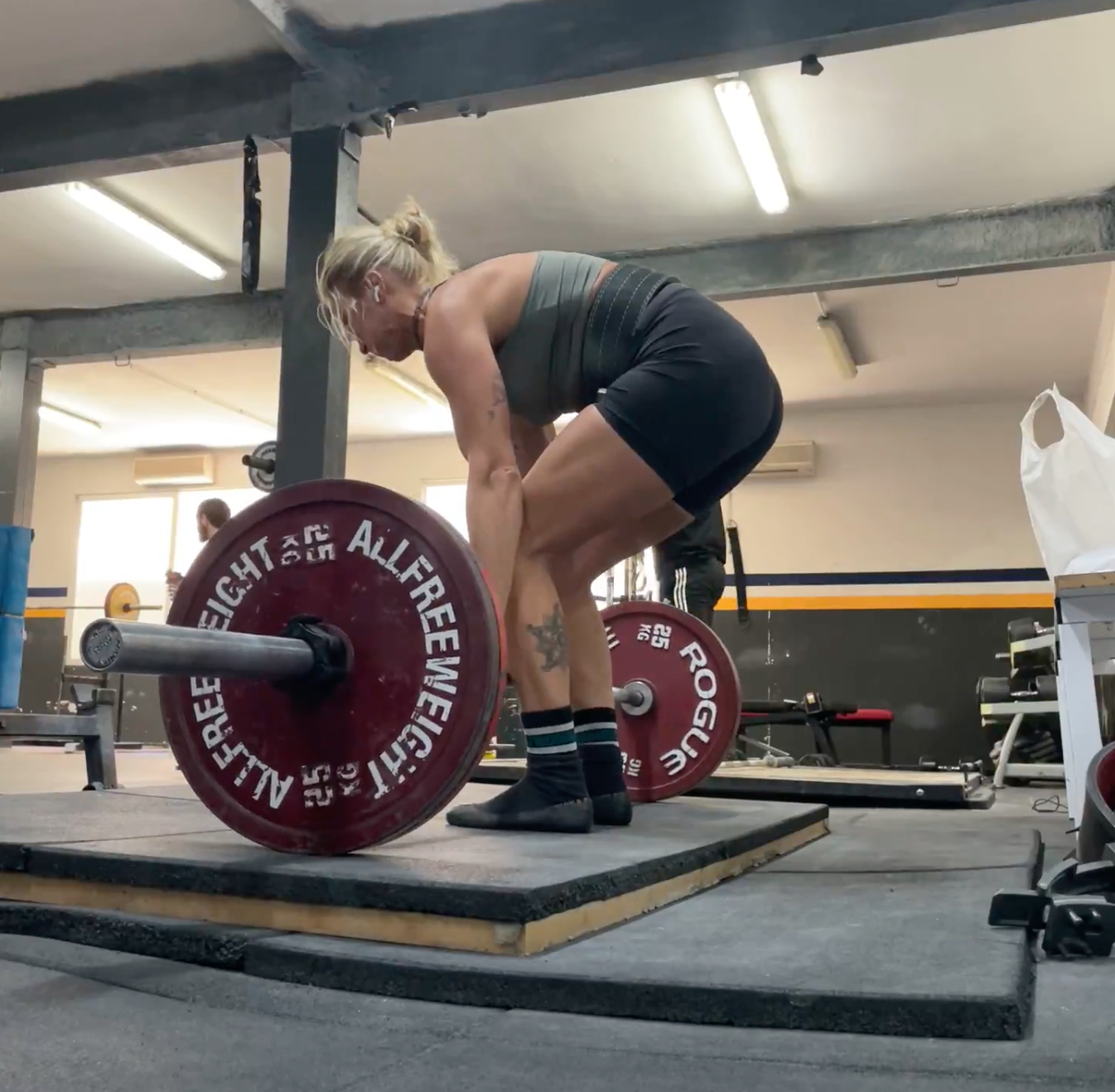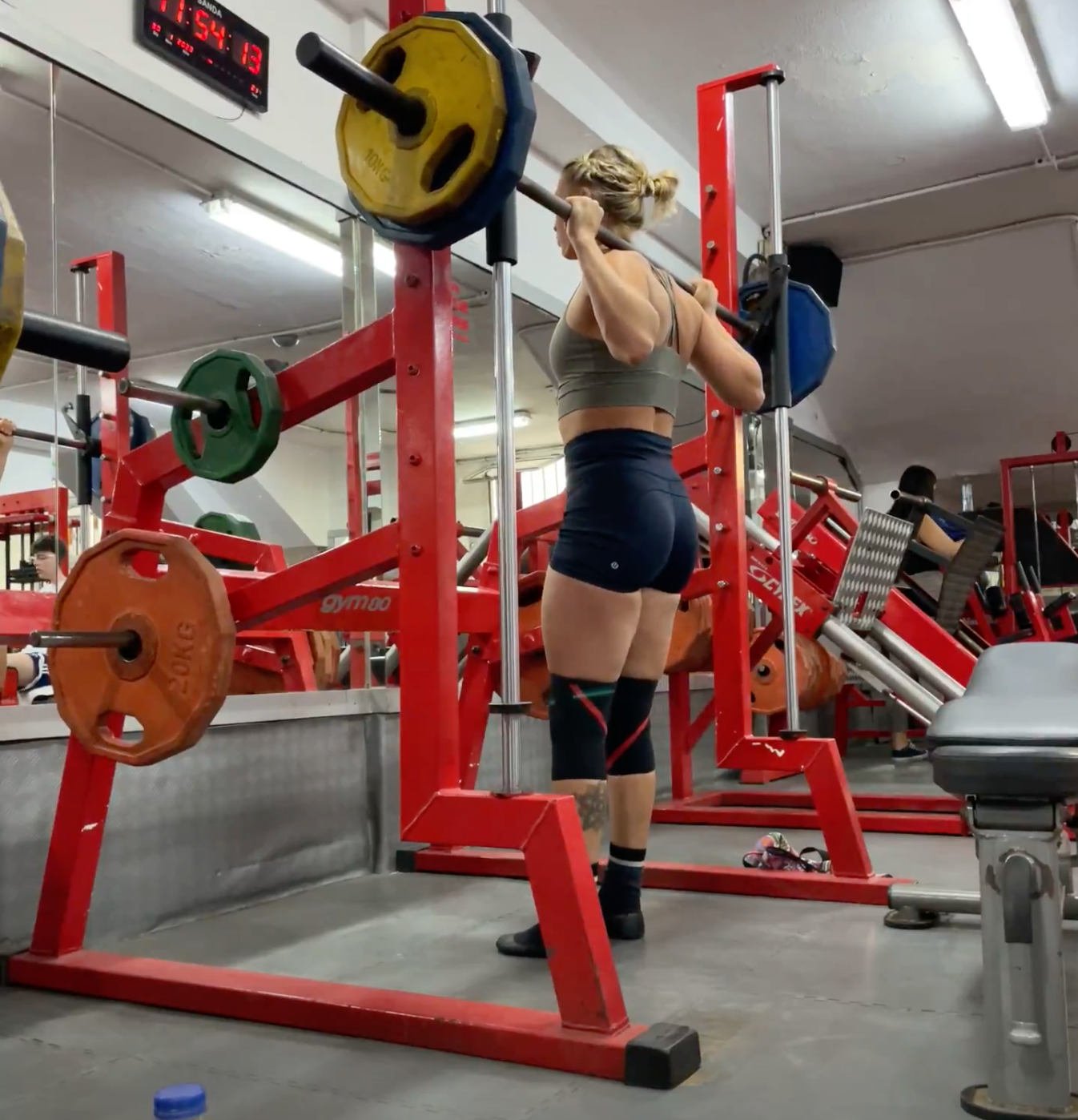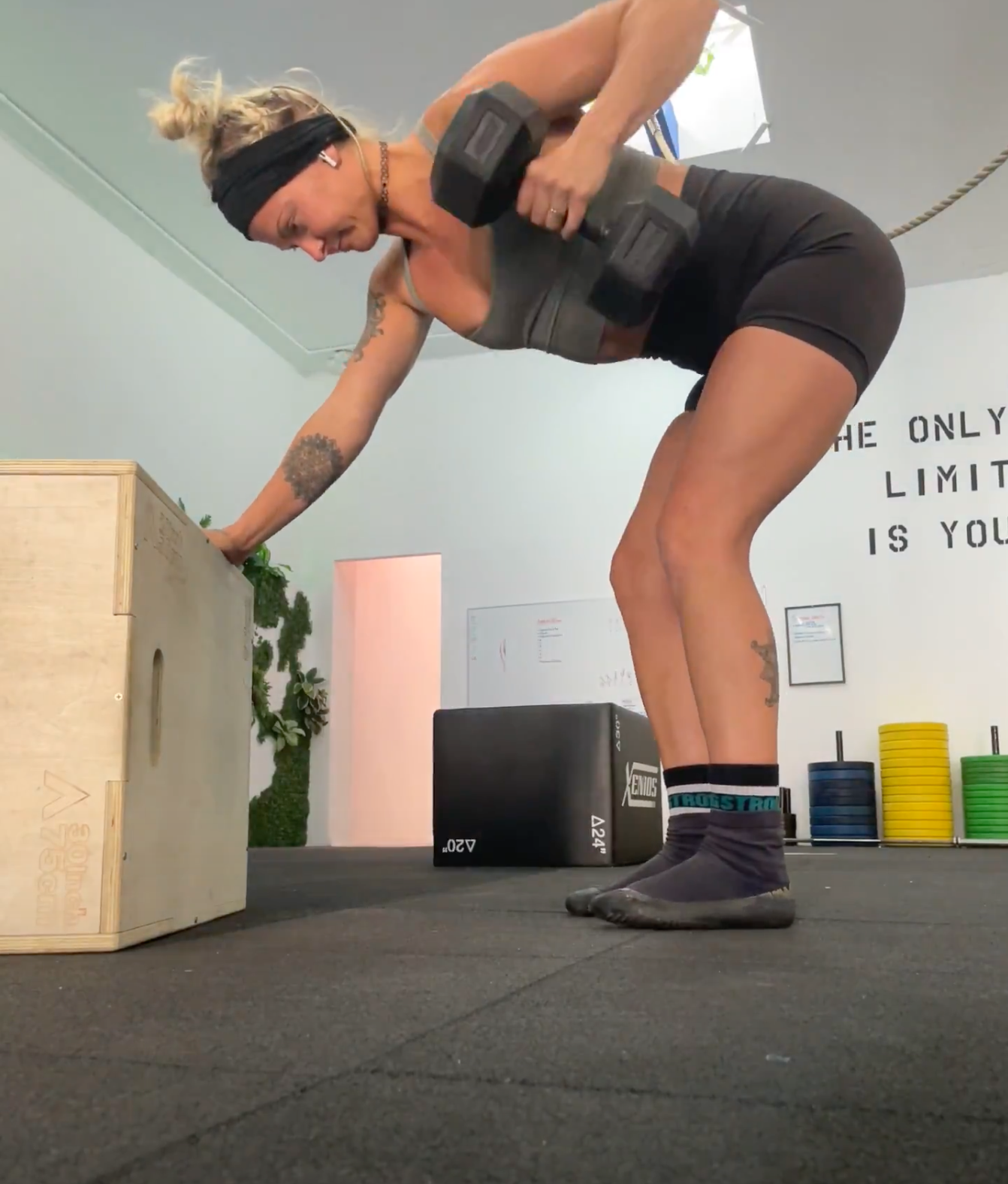Training & Long Term Travel
This article has got to be about as niche as it gets. But alas, here I am, doing the niche shit that I do best. I received a message on Instagram the other day about navigating training and travel — specifically, navigating less predictable training set ups and the psychology around the fear of losing gains. Yes yes, hugely luxe problems. But certainly problems that can plague us when we have passions that are largely at odds.
I love training, I love routine, I love consistency, I love being in control. But I also like everything that opposes that — having no idea what I’m doing tomorrow, what hour I’ll get in tonight (tomorrow morning?), where I’ll sleep tonight. I’m willing to trade off on gains in order to enjoy this side of my personality, but certainly I am constantly engaged with ongoing problem solving to give me the best possible enjoyment of both of my loves.
I have written about training and travel a little in the past. So before I jump in, here are some other articles that may be of interest if this topic is of relevance to you.
In this article I’ll talk about both the practical and the emotional aspects of training and long-term travel. I’ll offer personal experience and practical advice on how to best manage training while also letting your hair down af.
Know your values.
I’m such a broken record on this. Just about every article I write has some mention of your values. But seriously, know your values. How can you make decisions about how to spend your time, money, energy if you are unclear on what is important to you, what makes you feel good, what makes you feel fulfilled?
Before researching gyms, planning your program, deciding what equipment to pack or how many days you’ll train — ask yourself these questions:
What do you want to get out of this period of travel?
How do you want to be spending your travel time?
What are your must see and do’s?
Why is training while travelling important to you?
We give a lot to travel — time, money, opportunity cost. I personally would hate to look back on my travels and see that I missed out on once in a lifetime opportunities and experiences because I felt that I had to be in the gym.
Perhaps you settle on following your full program, perhaps you make modifications, train fewer times per week, train shorter decide to have a break from training altogether — whatever you decide, I hope that it is a decision that feels really good and aligned. I hope that training while you travel will enrich your experiences rather than detract from them.
You don’t need to maintain the same training split for your whole trip.
There may be times that you travel slow, stay in a place for a prolonged period and develop some routine. There may be places you visit for only a few days and feel like you cannot possibly see everything you want to see in that time. Your training can ebb and flow in response to this.
In Madrid, Barcelona and Valencia, I have trained 3x per week. We stayed in each of these places for longer periods, I had more routine, the longer stay made training cheaper. In larger cities I also have access to better gyms where I actually really enjoy training and where training becomes a fun part of my travel experience.
For the two months that we were in the Canary Islands, I trained 2x per week. In the Canary Islands, we were training at commercial gyms that I didn’t love going to. Training wasn’t particularly enjoyable there. I love hiking and the ocean. Canaries have a lot of that. I chose to spend more time in nature and less time training.
I’m planning a month of backpacking through Italy and Turkey, some part of that with my sister who I have never travelled with. I’ll be damned if I spend a minute in the gym without my sister in that time. I am taping myself to her hip and doing everything that she wants to do. I know my values. A once in a lifetime opportunity to travel with my big sister trumps the shit out of powerlifting for me.
Not every week has to look exactly the same. You can “periodise” your travel while training. Have periods that training is more intensive because your travel plans support that; have periods that training takes a back seat because you’re hiking in Anaga, learning to kite surf, solo travelling through Italy, or partying with your big sister. What is travel if not cosmic pressure for more ebb and flow.
Be adaptable. Specifics don’t matter.
This is the most important point of this article. Listen up. In a perfect world with all factors perfectly accounted for, sure you’d do the same exercises most weeks, progress them over time, refine your execution as the weeks roll on. However since you’ve thrown these factors to the wind because you’ve chosen to travel that may not be an option and it’s actually fine. Adapt.
If you’re training in different gyms regularly, chances are you won’t always have access to the same equipment. One day you’ll deadlift on a power bar with calibrated plates, the next week the bar is smooth and the plates are small and rubber, and the next week you don’t have a barbell at all. You don’t actually need to deadlift every week. If you choose to deadlift with the shitty bar, you don’t need to add more load than last week. If you choose not to deadlift or you actually cannot, you can dumbbell RDL, machine RDL, leg curl, hip thrust. No they’re not perfectly equivalent but they’re enough. You don’t need to follow a perfect program.
What will benefit you though is having a general structure for your weeks. Have some idea of:
How many days per week you’ll train and
What muscle groups/movement patterns you’ll hit in each session.
And be reasonably consistent with those.
No matter how much I’ve adapted my training while travelling I’ve still squatted 1x per week, hinged 1x per week, benched 2x per week, rowed 1x per week. The specifics have had to bend and flex a lot to meet conditions, but I’ve been unrelenting in my consistency to uphold those fundamentals (because I want to).
Example. In a nine-week program in the Canary Islands, my squat training went:
Week 1. Pendulum squats
Week 2-5. Smith machine squats
Week 7-9. High bar squats
I squatted every week for nine weeks. I did hard squats sets, close to failure, every week for nine weeks. Did we have objective numerical data that I was pushing harder than the preceding week each week? No. But I’m an educated and disciplined trainee, I did my best, I pushed each session hard and I felt pretty fucking strong by the final week. All subjective, but I can work with subjective data for a little while.
Your training while travelling may not be perfect, but it doesn’t need to be. Nail fundamentals. Train consistently, train hard consistently and hit major movement patterns/muscle groups consistently. That’s enough.
Know when and how you feel good. Work your schedule accordingly.
I strictly train:
Work days — morning or afternoon
Days off — exclusively mornings
On work days, my day is routine. I never stay out late the night before, I wake at a reasonably consistent time, I eat at regular intervals, I’m consistently hydrated. Robot mode. I can train any time on a work day (schedule permitting of course) and my body will be in a state to do so.
On days off, when I go out and about doing activities all day, I will not train in the afternoon. Best for me to either train in the morning or not at all on those days. If I’ve been walking about, eating food that doesn’t sit brilliantly in my stomach, if I’m a little dehydrated from being in the sun — my training suffers. So I plan my training accordingly so that I don’t train in these conditions. I either train before going out; or I schedule my training to not be on days like this.
If your sessions are going to be infrequent and imperfect, give yourself the best opportunity for success when you do get in there. If you’re going to do two sessions per week, be diligent in preparing for those two sessions to be really fucking good ones.
Where to train.
Casual/short-term gym passes add up. You’ll need to be clear on your budget and how much you’re willing to spend on training, and make concessions accordingly. We’ve had periods training in crowded and reasonably unpleasant commercial gyms, and I’ve since decided I would rather pay more, really enjoy my training and cut costs elsewhere. I’m happy to drink cheap beer instead of cocktails if it permits me to train at a a specialty gym; I’ll prepare every single one of my meals at home if it means I can train at a specialty gym. Enjoying my training is a huge priority to me.
Your priorities and values will likely be different to mine; your budget might be too. That is fine and less important. What is important is that you actually consider these factors. You’d hate to commit to a shit gym, hate it, then not train at all. Or spend all of your budget on specialty gym and not be able to visit that cocktail bar you’ve had bookmarked for so long.
We’ve paid as little as $6 AUD per session and as much as $20 AUD per session here in Spain. (The $20 gym only 2x but I really did love it there, I trained so well and I hated the alternative gym). On average we’ve paid about $10 AUD per session.
Pricing considerations:
A small scale commercial gym is almost always going to be cheaper than a more specialty gym.
A large scale, chain commercial gym will almost always be extremely expensive and also extremely shit. They typically don’t like casual visitors so charge high, and they’re just not built for powerlifters.
Staying somewhere long enough that you can purchase a 10 pack pass or a monthly membership is going to be cheaper than paying casuals.
When we consider how long to stay in one place, this is part of our budgeting. The longer we stay somewhere, the more discounted accomodation we can get and also the cheaper we can get gym access, the more groceries we can buy in bulk, the less airport transfers… These are all considerations for us.
Prices aside for a moment though, for powerlifters, powerlifting clubs and Crossfit boxes are almost always the most pleasant places to train. They have the equipment we like, there is typically more space and the culture can be more pleasant. In some commercial gyms we’ve trained in, there has been only one squat rack or one bench rack, and we can wait up to 30 minutes for them. In a Crossfit box for example, the gym can have like 10-15 racks. You can always get in. You have space to deadlift from the floor, the owner isn’t going to tell you to put your weights down gently, there are foam rollers and floor space to warm up, they have chalk, they have consistent-sized plates.
Specialty powerlifting clubs — I don’t need to sell you on that. It is cool to be part of your sport’s culture in another country. If there is a powerlifting club in the area you’re visiting and you have the means, it’s a heartwarming experience to share your sport with someone with whom you don’t even share a language.
Research gyms ahead of time, so you have the opportunity to seek out what is most important for you. I spend literal hours raiding Google photos to see if a gym has a Concept 2 rower before I commit to paying for training. Know what you want in a gym then find the best possible option. My check list looks like:
Concept 2 rower
20kg bars
Bumpers or steel plates
Squat/bench racks
Somewhere to deadlift
Ample floor space (crowding makes me anxious)
I can’t always find a gym with all of them. But this is what I go in looking for then I find the best possible option. My coach said to me once “nothing like playing the gym dating pool and hoping for something above a 6.5” and seriously, too fucking true. Sometimes you’ll pay a stack of cash for a gym that kinda sucks. No one is forcing you though. Values and all that.
Travelling with equipment.
Unless you’re approaching a competition you probably don’t need to take all of you equipment. It can be heavy and space consuming. I’m travelling for a year with:
Deadlift slippers — they’re ultra light and take up little to no space. I do all of my training in these.
Weightlifting sleeves — weight lifting sleeves are thinner and easier to get on than powerlifting sleeves. They offer less support but I am happy to trade off on that for a while in exchange for being able to pull them on with ease in humidity and after a sweaty walk to the gym (I always walk to the gym here so this is important).
My belt — my low back fatigues quickly so I struggle to get through much volume beltless. My belt is heavy and chunky but entirely worth it for me personally.
Deadlift straps — helpful to have around for gyms with no chalk and/or where the bars are really smooth. Take up very little space/weight in your pack.
Of course, you can bring as little or as much as you want, but really think about it.
I didn’t bring my heeled lifting shoes for example. They are heavy and take up a stack of space. Without them I do more machine squat variants, or use a mat or plates under my heels, or I squat flat-soled and just squat lighter.
John Paul didn’t bring his belt. But he relies on it very little anyway. It’s no huge deal for him to be without it. For me to be without my belt, I’d hardly powerlift. I’d have to modify my training much more, which could be fine for you. But for me, beltless training requires me to modify my training beyond enjoyment. So I’m happy to drag it around.
Also bear in mind that you can train for powerlifting without training the powerlifts specifically. It is entirely an option to travel without any equipment at all. Perhaps that means you train lighter, or devote more energy to accessory work and less to your main lifts. If baggage weight is an issue, or you want to get by with carry on only then equipment is absolutely not mandatory. Travelling equipment-free is entirely an option that you can at least consider.
Nutrition while travelling.
This could be it’s own entire article. I won’t go deep here but it’s worth a mention. Your nutrition is hugely significant in your strength/hypertrophy gains, but also in the maintenance of these qualities. And food is oftentimes a huge part of experiencing travel and another culture. You can balance eating to support your training with enjoying other cultures and cuisines.
Most importantly,
Eat enough — calories in general. Be diligent in avoiding under-eating.
Get protein in where you can — seek out protein sources in most of your meals and have protein-rich snacks around.
Hydrate.
You don’t want to train under-fed, it’s very easy to under-eat protein while travelling, training feels like shit when you’re dehydrated.
Maybe I’ll write this article..
What if I lose gains? How can I like, not?
There is a chance you do lose some gains. It’s not the end of the world. You can get them back. Over a long training career, it is unlikely you won’t experience some dips in your performance. Sometimes you will regress — be it due to injury, life changes, a lousy training block, or travel. If you do regress in your training, you won’t necessarily stay in this regressed state permanently. If you lose gains, you can train hard and claw them back when you’re home.
For me, if I come home a little weaker than I arrive, holy shit is it worth it in exchange for all of the experiences I’ve been able to have over here. I’m more than willing to grit my teeth, train a little harder and claw my way back when I get home. Goddamn that is so worth it for me.
Devils advocate though: maybe your training will go really well.
My training is flying right now. With fewer commitments than when I’m in Melbourne, I’m getting more sleep, I’m waking up more refreshed, I have more time to prepare quality meals, I have more time to devote to training. Perhaps training could be a really fun and fulfilling part of travel for you. It is for me right now.
Questions? Hit me up. I love talking about this stuff.
Anyway, here’s me wearing the exact same outfit, in four different sessions, in four different cities. I chose these pictures at random. I live out of a suitcase, okay. We gotta make concessions.




